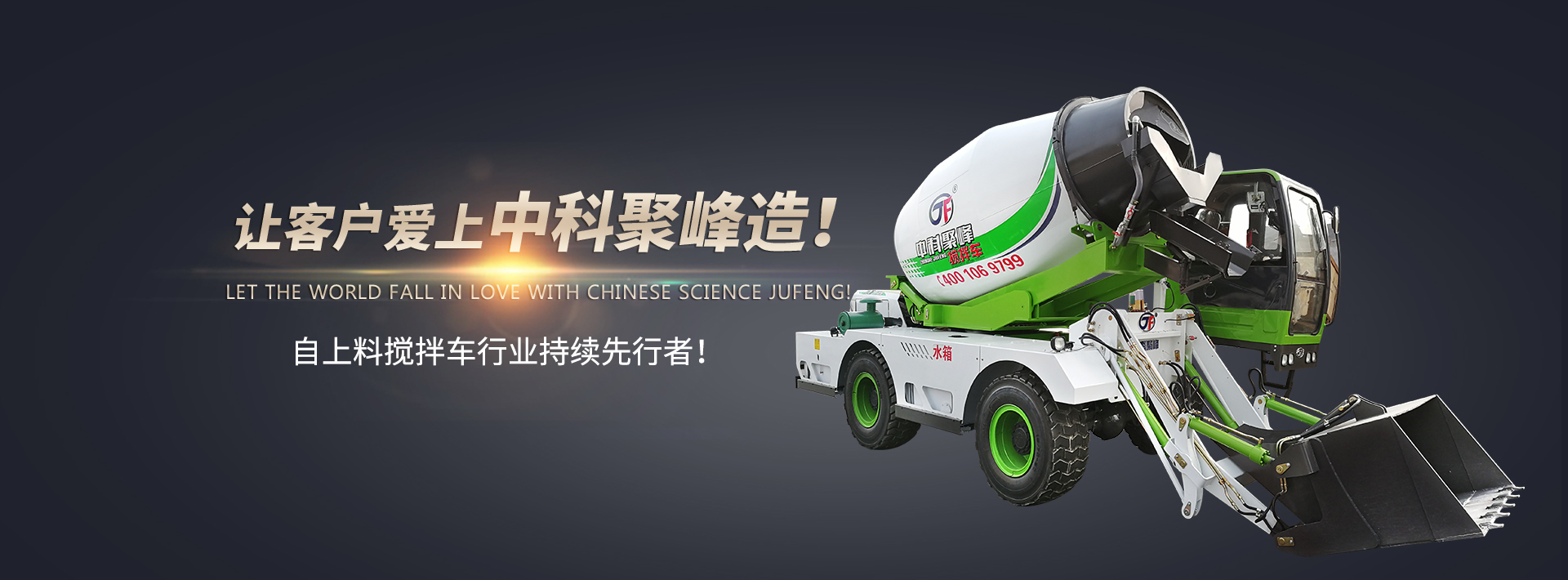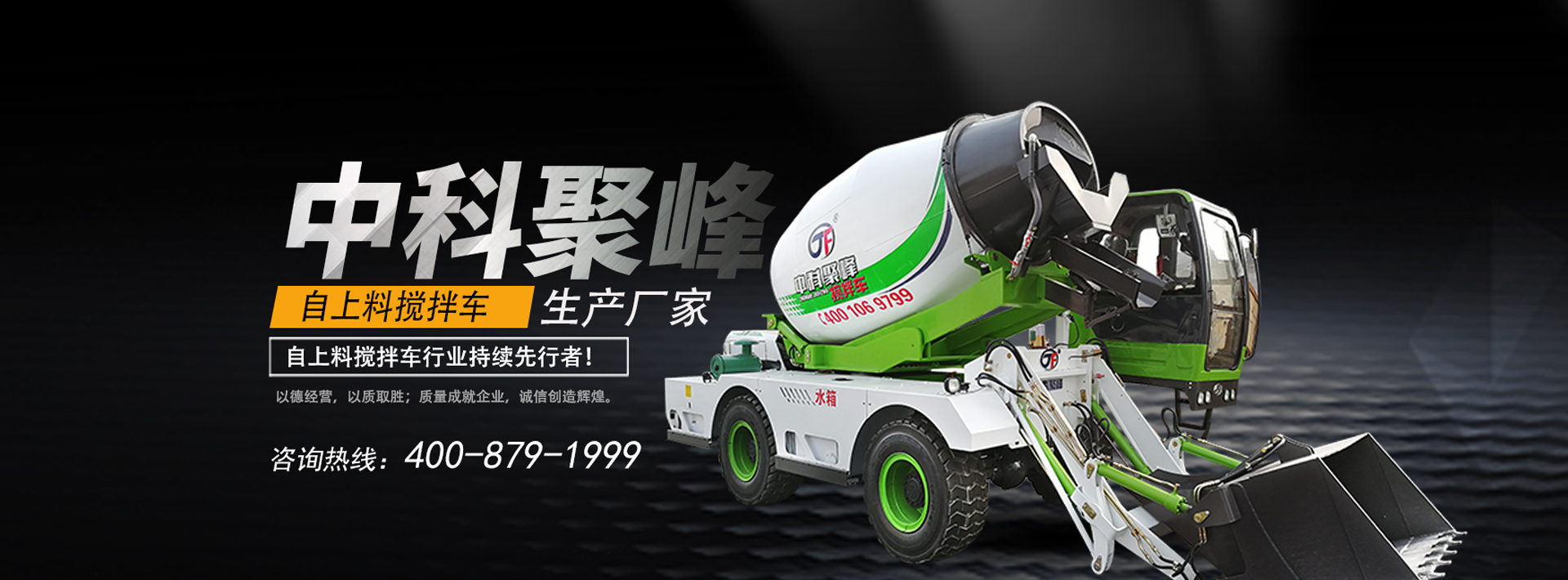(1) Manual transportation by trolley and dumper. It is often used in the case of small amount of concrete transportation and short transportation distance, but the transportation speed is the slowest.
(2)自卸汽车运输。常用于混凝土运输量较大而运距较远的情况,车体为密封状态,方便保温保湿,主要在搅拌站应用。
(2) Dump truck transportation. It is usually used in the case of large volume and long distance of concrete transportation. The car body is in a sealed state, which is convenient for heat preservation and moisture preservation. It is mainly used in the mixing station.
(3)塔吊吊运。常用于大型水电工程的混凝土浇筑,通常吊斗出口至混凝土仓面间的高度不超过1.5~3.0m,但运输速度较慢。
(3) Tower crane lifting. It is often used in the concrete pouring of large hydropower projects. Generally, the height between the bucket outlet and the concrete warehouse surface is not more than 1.5 ~ 3.0m, but the transportation speed is slow.
(4)皮带运输机运输。通常运输时应以水平运送较好,且运输速度不宜超过1.2m/s,以免因运速太快而造成混凝土分离现象。
(4) Belt conveyor transport. Generally, it is better to transport the concrete horizontally, and the transportation speed should not exceed 1.2m/s, so as to avoid the separation of concrete due to too fast transportation speed.
(5)混凝土泵送运输。包括活塞式、风动式,常用于运输不便且混凝土量较大的情况,运输速度较快,但会受现场条件影响。
(5) Concrete pumping transportation. It includes piston type and pneumatic type. It is often used in the case of inconvenient transportation and large amount of concrete. The transportation speed is fast, but it will be affected by the site conditions.

混凝土浇筑方法的选择混凝土浇筑时应根据现场条件及具体工程情况选取,通常需要计算混凝土分层间隔时间,其不应大于混凝土凝结时间。常用的混凝土浇筑方法主要分为全面分层、分段分层和斜向分层3种方式,全面分层常用于大体积混凝土;分段分层适用于结构厚度不大而面积或长度较大的情况;斜向分层多用于大体积混凝土,长度较大的结构,斜面角度一般小于或等于45°。
The selection of concrete pouring method should be based on the site conditions and specific engineering conditions. Generally, the interval time of concrete layering should be calculated, which should not be greater than the setting time of concrete. The commonly used concrete pouring methods are divided into three ways: overall layering, segmented layering and oblique layering. Overall layering is commonly used for mass concrete; segmented layering is suitable for the case of small structure thickness and large area or length; oblique layering is mostly used for mass concrete structure with large length, and the inclined plane angle is generally less than or equal to 45 degrees.
混凝土振捣机械的选择混凝振捣时应考虑选型机械的振捣范围,并根据现场情况进行选择。通常混凝土振捣器按其振动方式可分为内部式振动器和外部式振动器,前者又称为插入式振动器,多用于振捣现浇基础、柱、梁、墙等结构构件和后打体积基础的混凝土,振捣时应避免碰撞钢筋、模板、芯管、吊环或预埋件。
The selection of concrete vibration machinery should consider the vibration range of the selected machinery, and select according to the site conditions. Generally, concrete vibrator can be divided into internal vibrator and external vibrator according to its vibration mode. The former is also called insert vibrator. It is mainly used to vibrate cast-in-place foundation, column, beam, wall and other structural components and concrete with volume foundation. When vibrating, it should avoid colliding with reinforcement, formwork, core pipe, rings or embedded parts.
后者又称为平板式振动器、附着式振动器,常适合厚度不厚的板,用于构件表面振捣,振捣时外部式振动器的移动间距应保证振动器底板可以覆盖到已振实部分的边缘。
The latter is also called plate vibrator and attached vibrator. It is often suitable for the plate with less thickness and used for the surface vibration of components. The moving distance of external vibrator should ensure that the bottom plate of vibrator can cover the edge of the vibrated part.











